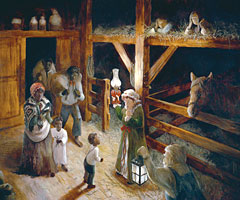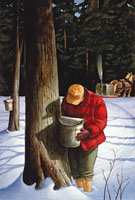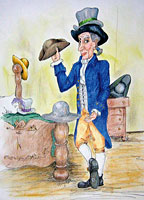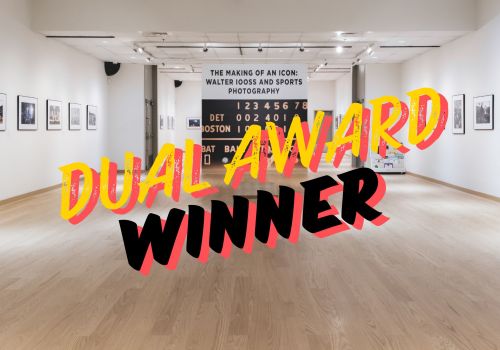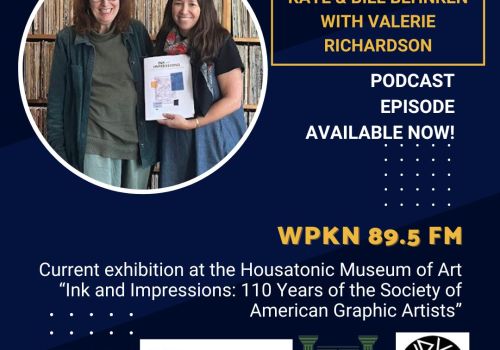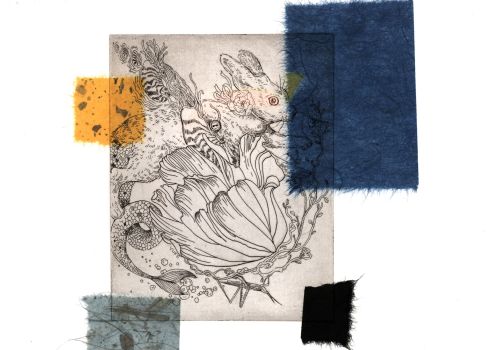Inside Barbie ®
The “Plastic Princess” talks
about her past, her future, and answers questions that reveal her
innermost
thoughts. Having lived almost half a century she has played an important
role in the development of generations of women (shoppers) while,
at the same time, she is merely a reflection of the cultural shifts
of a nation. It is this duality of passiveness/aggressiveness that
makes Barbie the vehicle of controversy.
Q. Barbie
here you are almost 50 and still fabulous. You truly are the “queen
of all media” with great market share: your television show,
music career, video and computer games, not to mention your apparel
line and home goods line? What’s left for you to do?
A. Staying in the game
is full-time job! I’ve got Bratz and Groovy Girls nipping at
my heels! The competition is fierce! But you know what they say-- you’re
only as good as your last success, so we’re always updating.
For example, one consideration is to make my head bigger and my clothes
hipper. To that end, we’re working with the latest designers
to create a new look for me in order to target the same demographics
(8-12 year olds) that Bratz has captured. I really have to keep my
ear to the ground…and changing is what it’s all about,
right? (Plastic smile)
Q. Can you
tell us what really happened between you and Ken? After all those years
together to suddenly leave him for Blaine? Do you think 43 years of
togetherness should be tossed aside for a surfer dude? Was this some
kind of “mid-life crisis” or just a publicity stunt?
A. Look, it always hurts
when one partner outgrows the other. I mean, how could it not? But
the market is there and the market decides who stays and who goes—I
mean that’s just business and business isn’t personal.
He and I still play tennis when we can…(a small plastic pout).
Over the years I’ve had to reinvent myself, and well, Ken just
never kept up with me. Let me put it another way, accessories can date
an outfit, and that’s how I came to feel about Ken over time.
He was becoming a liability whereas Blaine can keep up with me. He
understands and supports my vision and let’s face it, I can’t
afford to toy with my business.
Q. Who is
Barbie's hero?
A. I would have to say
right now it’s George W. Bush. I mean, how can you not worship
a man who spends billions every day to spread democracy. And heaven
knows I love democracy. Barbie is democratic and my pricing reflects
that. My mantra has always been “A Barbie for every hand!”
Q. What do you regard as the lowest depth of misery?
A. It’s always sad
for me when parents can’t afford my dream house…I mean
homelessness is not what Barbie is about….(slow shake of her
head and her stiff blond hair)
Q. What do you most dislike?
A. Being misunderstood by cultural historians and anxious mothers.
Q. What is your motto?
A. I have two actually: Shopping is Power and I
Shop Therefore I Am!
Q. If you had to sum up your life in a few sentences what
would you say?
A. You can be rich and not
be famous. You can be famous and not be rich. But to be rich, famous
and plastic- it’s the American dream!
Interview with Barbie in April 2006
The Housatonic Museum of Art Presents
Plastic Princess: Barbie as Art
Bridgeport, CT—The Housatonic Museum of Art is pleased to host Plastic
Princess:Barbie as Art, a
traveling exhibition curated by Leonie Bradbury, Director of the
Montserrat Gallery of Art at Montserrat College of Art in Beverly,
Mass. The exhibit opens Friday, June 23 and continues through July
29th, 2006. An opening reception will be held Friday, June 23 from
6-8pm and the public is cordially invited to attend.
Plastic Princess: Barbie as Art is a multi-faceted
exhibition that showcases visual and new media artists whose work features
one of our most potent and long-lasting (pop-) cultural icons: Barbie®.
It examines the impact of the so-called plastic princess on our culture
within the contexts of feminism, gay culture, gender issues, and the
use of a commercial symbol and product for purposes of artistic expression.
Artists included are: Leika Akiyama, Kathleen Bitetti, Linda Carney-Goodrich,
Crudo, Tom Forsythe, Joe Gibbons, Todd Haynes, Jeffrey P. Heyne, Gwendolyn
Holbrow, Richard Leonard, Pia Schachter and Cynthia von Buhler. In
addition, Robbin Zella, Director of the Housatonic Museum of art has
included several national and local artists who also re-present Barbie
in a variety of ways: David Levinthal’s glamour shots of
Barbie place her in the pantheon of such “living dolls” as
Marilyn, Liz and Jackie O; Bob Kessel’s post-pop print transforms
Barbie from an amiable airhead into an angry grrrl, and Natalie Simon’s
black and white photos communicate that today’s Barbie is “mad
as hell and isn’t gonna take it anymore.”
According to curator Leonie Bradbury, “Barbie is more than just
a doll. People project their ideas and points of view onto her. When
you start talking to [people] you get an understanding of how they
view their world, how they treat their Barbie doll, it says a lot about
their values.”
Audio-appropriation artist and founder of Detritus.net Steve Hise
points to the appropriation or the “re-cycling of cultural icons” as
another method of critical and political commentary. For Hise, “this
is a self-conscious mode which uses the power of re-contextualization
to make important statements — “cultural recycling” has
the unique ability of turning the power and (often hidden) meaning
of anoriginal text and its author(s) back upon itself... A bit like
martial art: when you use the force of your attacker against him”.
But “recycling” Barbie in this day and age can also be
costly and intimidating, especially if Mattel feels that Barbie has
been defamed. Utah artist, Tom Forsythe, was sued by Mattel for copyright
and trademark infringement in response to his “Food Chain Barbie” photography
project. The District Court agreed with the Ninth Circuit court’s
decision to uphold Forsythe’s freedom of speech and expression,
and he received $2.1 million from the toy company.
Forsythe noted on his website statement that, “Mattel’s
embarrassment might just send a wake up call to censorious corporate
boards everywhere. At the very least, it will make it easier for artists
who do get sued to find attorneys because they’re more likely
to get paid at the end of the day.”
Forsythe’s art as well has his conflict with Mattel demonstrate
the need to discuss open source issues and potential abuses of intellectual
property laws in order to maintain our most basic freedom of speech. “We
may be free to express ourselves, says Forsythe, “but if that
expression involves offending a rapacious corporation, they’re
equally free to sue; and unless we have the wherewithal to fight off
high-powered attorneys, that’s where our free speech ends.”
Todd Haynes has also run afoul of Corporate America by using the music
of Richard and Karen Carpenter as the soundtrack for his film Superstar:
The Karen Carpenter Story, 1987. Haynes’ employment of Barbie
dolls to dramatize the life of Karen Carpenter and her struggles with
anorexia nervosa, which ultimately led to her death, critique a society
that puts undue emphasis on youth, beauty and thinness and Barbie,
in this context, is the symbol of ideal beauty.
Leonie Bradbury notes in her catalog essay that “Over the years,
Barbie has been deconstructed, reconstructed, and loathed, but her
impact is hard to ignore. Considering Barbie’s status as a cultural
icon and her widespread influence, this examination of the Barbie phenomenon
reflects only the tip of the iceberg of her influence on visual culture.” This
exhibit brings together works of art that challenge, subvert, but also
embrace Barbie—a powerful iconic image and a cultural force with
which to be reckoned.

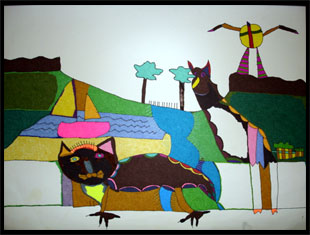

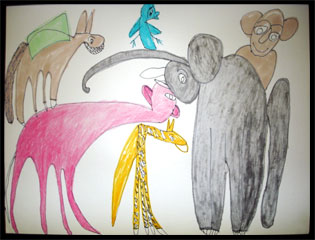
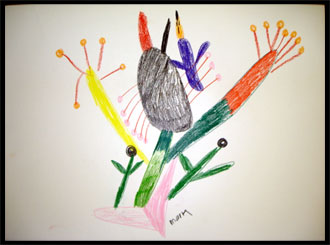

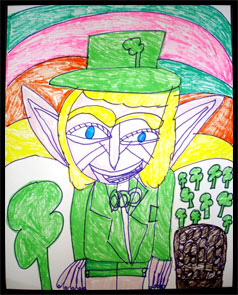

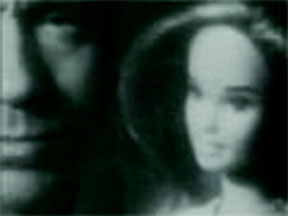
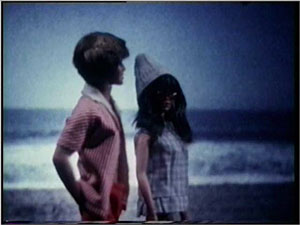
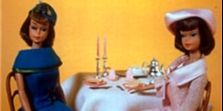
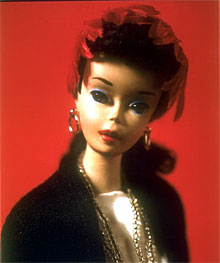
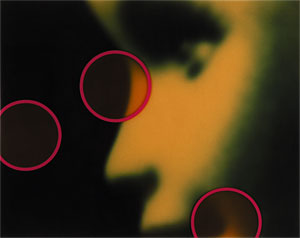

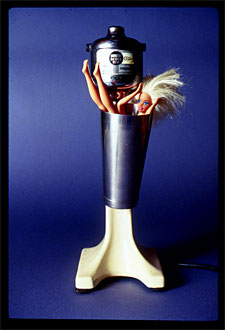
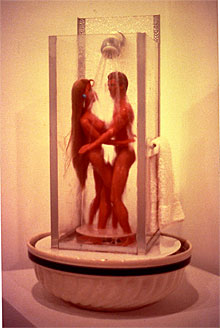
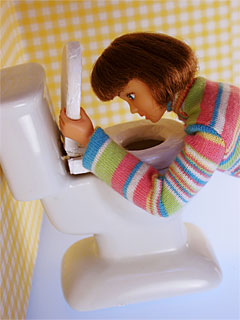




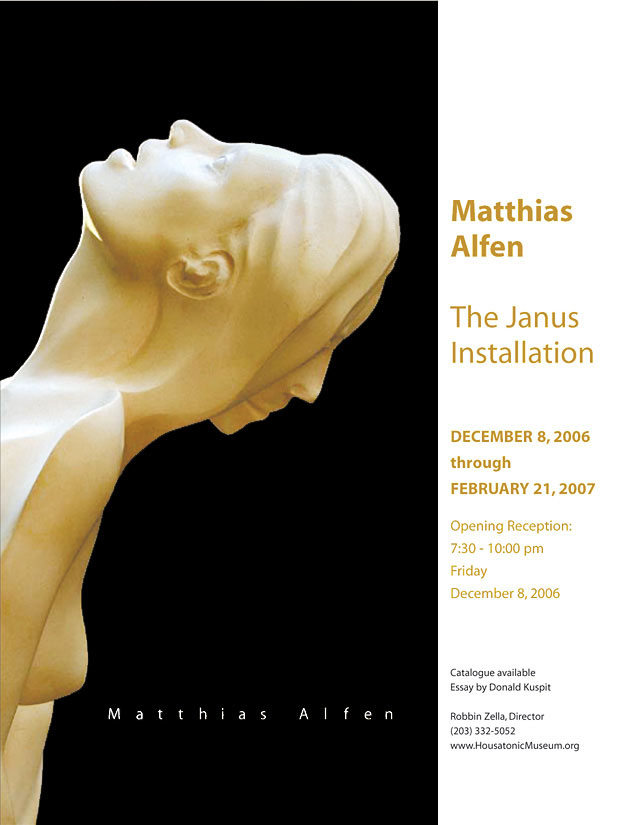



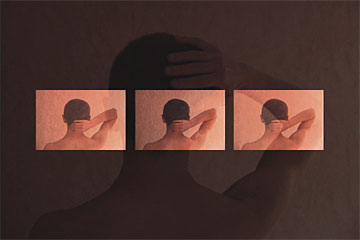
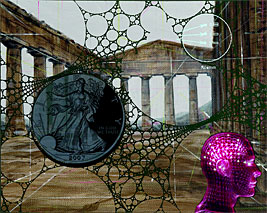

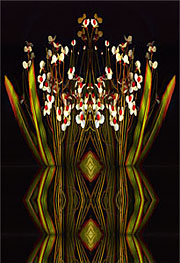
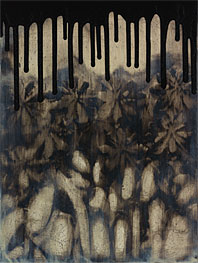
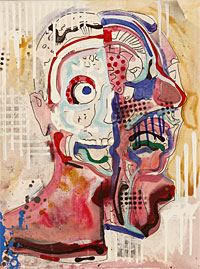

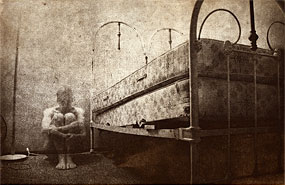
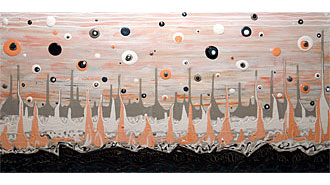
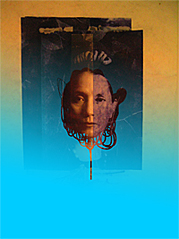
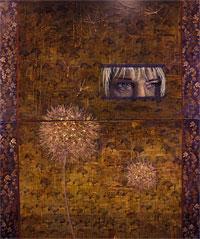
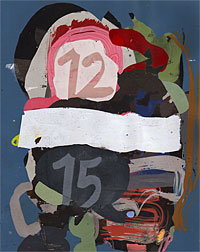
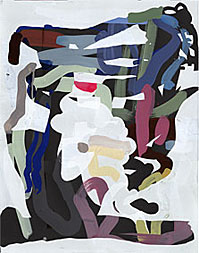




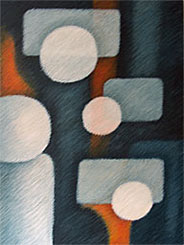
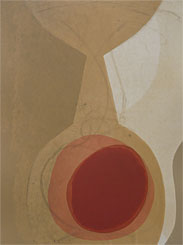
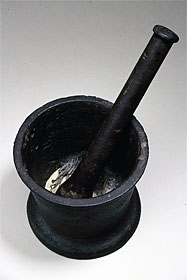

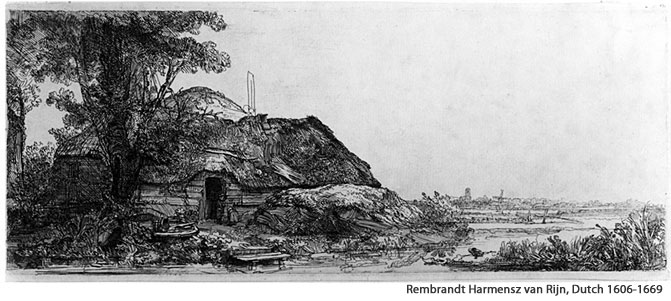
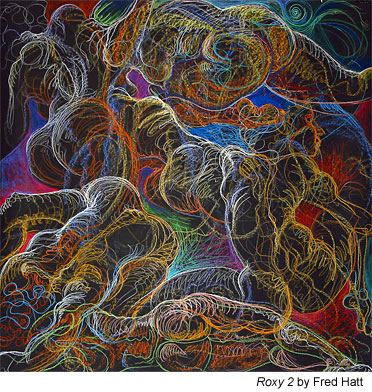 November 9 - December 21
November 9 - December 21

